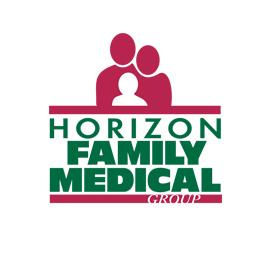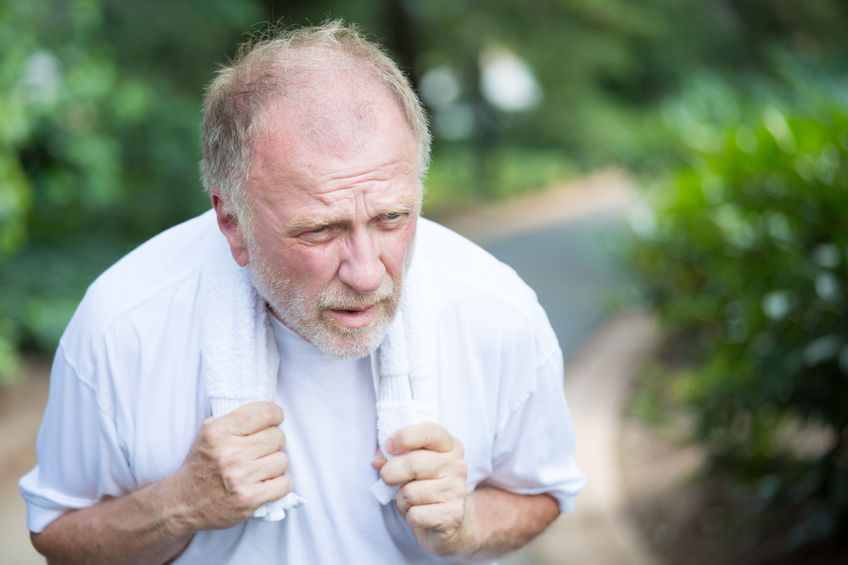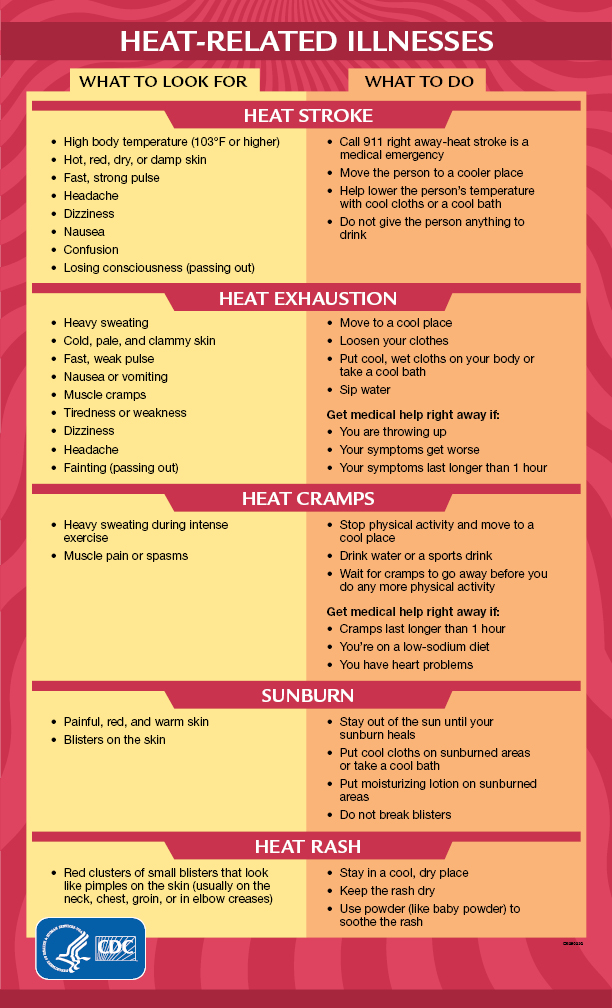Heatstroke can quickly turn a fun summer day into a medical emergency. Each year, hundreds of people die from heat-related causes. [1] Knowing the signs and symptoms of heat exhaustion and heat stroke can help you keep your loved ones from potentially dire health consequences.
Signs of heat exhaustion
We’ve all felt a little overheated at times when playing or exercising outdoors during a hot summer day. Heat exhaustion can easily occur and has specific symptoms that differ from the more serious heat stroke.
According to The Centers for Disease Control and Prevention (CDC), the following are signs of heat exhaustion:
- Muscle cramps
- Fatigue
- Headaches
- Nausea or vomiting
- Dizziness or fainting [1]
If you’re experiencing heat exhaustion, get out of the heat and get indoors where it’s cool. Drink lots of water and, if you experience vomiting or worsening symptoms, seek medical attention.
Signs of heat stroke
Heat stroke can be a life-threatening situation that may require immediate medical attention. When your body temperature rises too high, your brain and vital organs can be negatively affected.
Signs of heat stroke include the following:
- Body temperature higher than 103 degrees (Fahrenheit)
- Red, hot and dry skin (no sweating)
- Rapid, strong pulse
- Throbbing headache
- Dizziness
- Nausea
- Confusion
- Unconsciousness [1]
Knowing the difference between heat exhaustion and heat stroke
The CDC has a wonderful resource that helps define what to look for with heat stroke, exhaustion, cramps, sunburn, and heat rash. [2] Take a look, and share this article with your friends and family.
Resources:
- https://www.cdc.gov/pictureofamerica/pdfs/picture_of_america_heat-related_illness.pdf
- https://www.cdc.gov/disasters/extremeheat/warning.html


